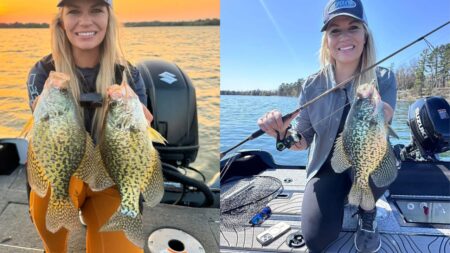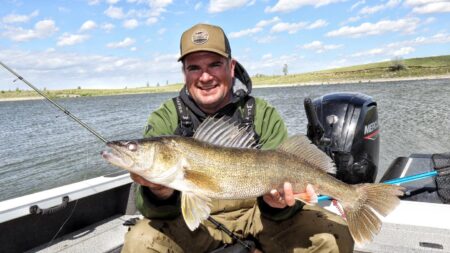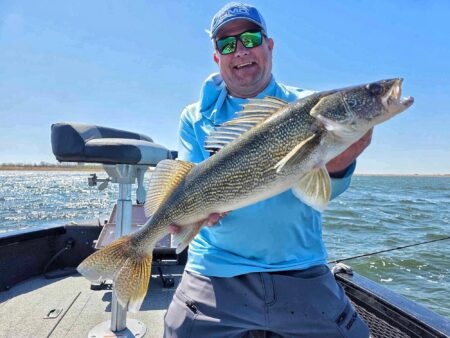Autumn brings with it a whirlwind of changes — a tapestry of red and gold leaves, a crispness in the air, and, for anglers, an exciting shift in crappie fishing strategies. Early fall is a transitional period, and understanding these shifts can lead to some fantastic days out on the water. This blog will provide you with insights and tips to get the best out of fishing from now through October.
Understanding How Crappie Behavior Changes
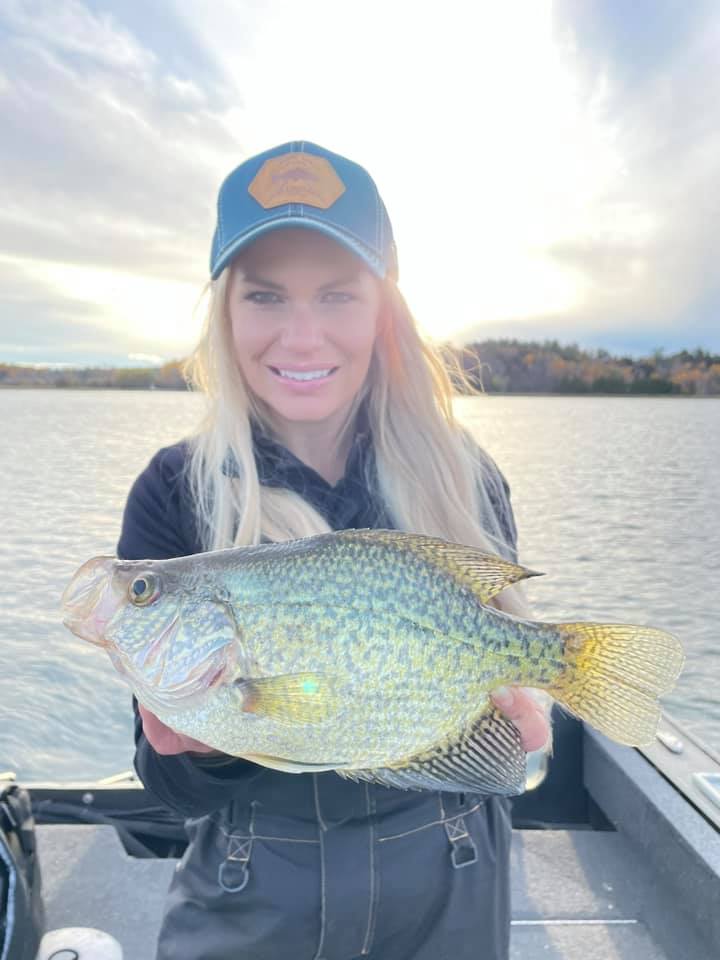
Crappie are known for their seasonal movements, and during early fall I find that fish really start to transition during the day, in many ways in a reversal to how I find them in early spring. During late summer they can still be found in the weeds, but they are often starting to transition heavily off of breaklines, deeper structure, and near submerged cover (or cribs) as day shortens, temps quickly cool, and we start embracing fall. I find as fall pushes on, they start transitioning even deeper into the basins (where you find them overnights, and during midwinter as well). Being able to identify the basins you find them in, and the nearby weedbeds they lived in all summer means you’ll likely find them transitioning in between during this time.
1. Location is Key: The Transition from Weeds to Deep Water Structures
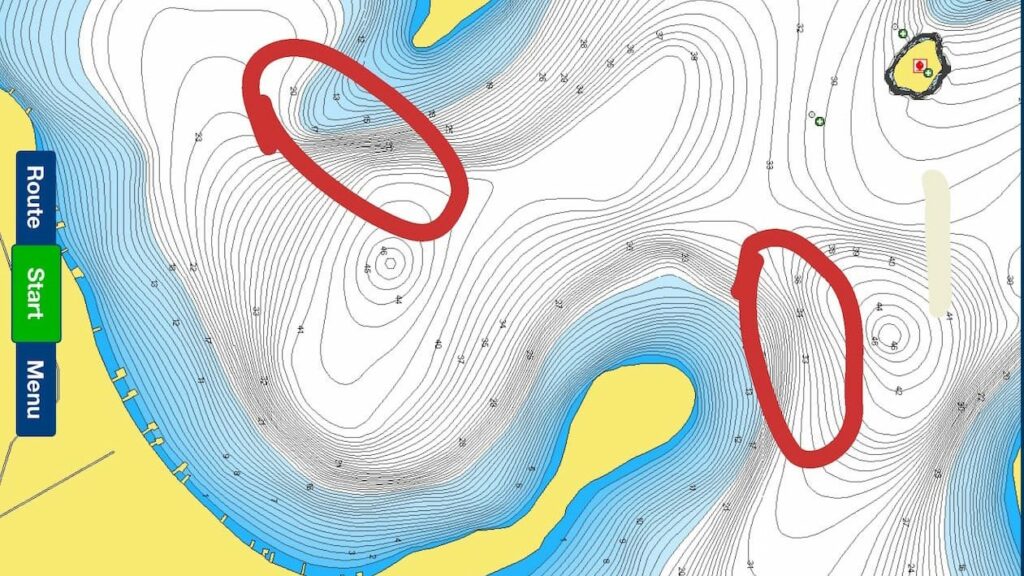
As mentioned, the first key to success is understanding where to find fish this time of year. There are 2 pretty common places to find them: For me, a lot of times it’s the transition from where they are in the weeds by the end of summer to the deep water you will find them in by the end of fall (or perhaps where they fed on plankton all summer long).
Catching them during the transitions can be tricky, but you can either troll through these zones or rely on FF sonar to scope them out. Day to day changes coincide heavily with the weather as they navigate the quickly changing water temps.
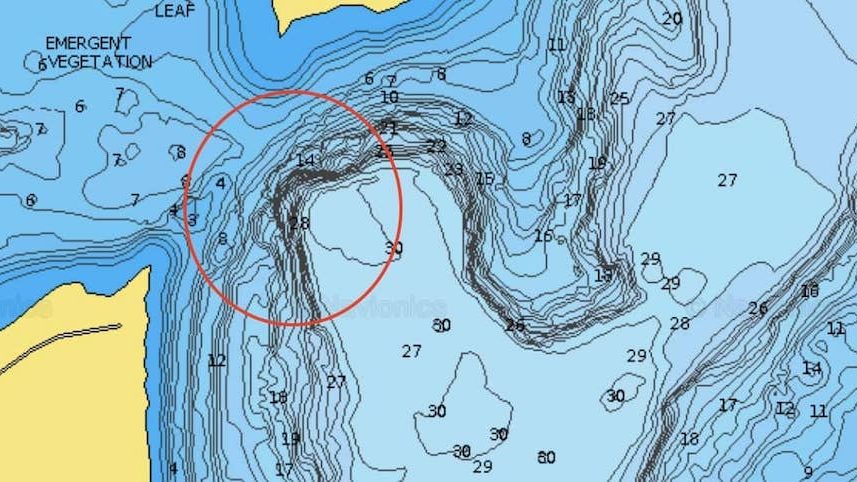
2. Pitch Jigs OR Go Vertical
As for presentations, I find once the water cools down so does the activity level of the fish, and finesse becomes more important than ever. In the summer I can get away with trolling, aggressive retrieving and large baits, but as water temperatures cool, I find this isn’t the case in the north. Patterns change, so instead I recommend:
Slow Retreive:
With the evolution of FF sonar, finding fish has become easier than ever. It’s especially effective when pitching bait, where identifying a pod 20, 30 or 40 feet off of the boat is key. Find your favorite lightweight gear and pitch small jigs, plastics, and especially live bait. The key is to let the light presentation fall through the pod of the fish then initiate a slow retrieve.
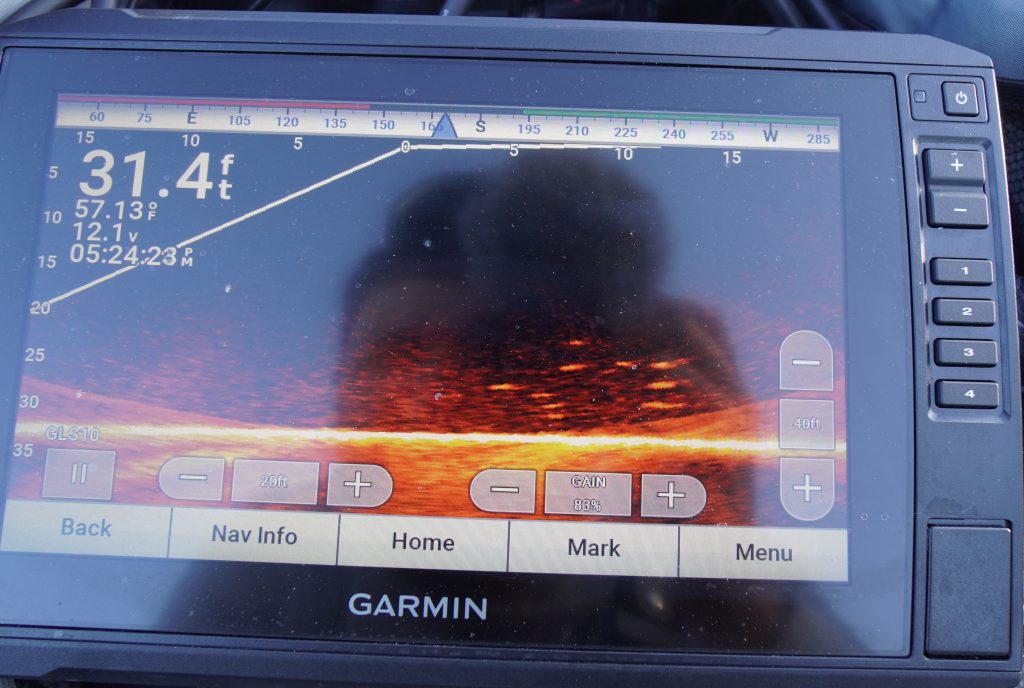
Go Vertical:
When fall is in full force and the crappies hold even deeper, vertical jigging becomes an even more effective method. It allows more control of the lure, and even the smallest changes in technique can make a big difference in the number of crappie you turnover.
Therefore, drop your jig straight down to where the crappies are. This technique allows for more precise presentations and puts the bait directly in front of the fish. The toughest bite? Dig out the lead. Slow falling finesse jigs can be key.
3. Tackle and Bait Choices
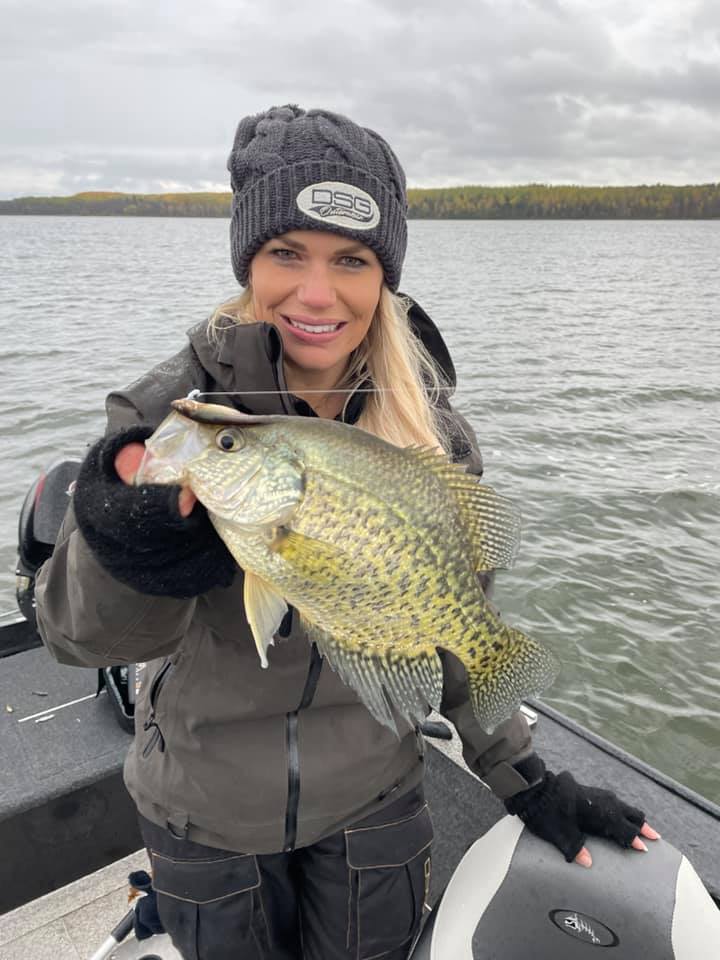
Fall is when I start to transition into finesse fishing. Early fall will allow for much versatility yet but as fall sets in it’s key to transition to lighter baits and setups. Typically for me that’s digging out the light and ultralight setups, 4 lb line, and tiny lead or ice tungsten to guarantee that I turn over more fish.
- Jigs: A 1/24 to 1/8 ounce jig is usually effective for fish this time of year. As a rule of thumb, the tougher the bite the smaller the jigs. Colors can vary based on water clarity, but white, chartreuse, and pink are always good places to start.
- Live Bait: Fall is time to dig out the minnows again. I rely on plastics ALL summer and spring , but during a tough fall bite I dig out the live bait. A crappie minnow paired with a Crappie Pro MoGlo jig or Lindy Tungsten toad are key as temperatures cool and fish transition out deeper.
- Light Gear: Pitching to big pods of fish hovering over deep structure or a basin is such an effective method this time of year, but to properly pitch light baits you need light gear. I highly recommend digging out the light/ultralight rods with some 4 lb line before setting out on the water.
Gear I Use:
- St. Croix Panfish Series Light & Ultralight (6’4”)
- 4lb Trilene
- Crappie MoGlo Jig
- Lindy Tungsten Toad
3. Lowlight is Still the Best Time of Day
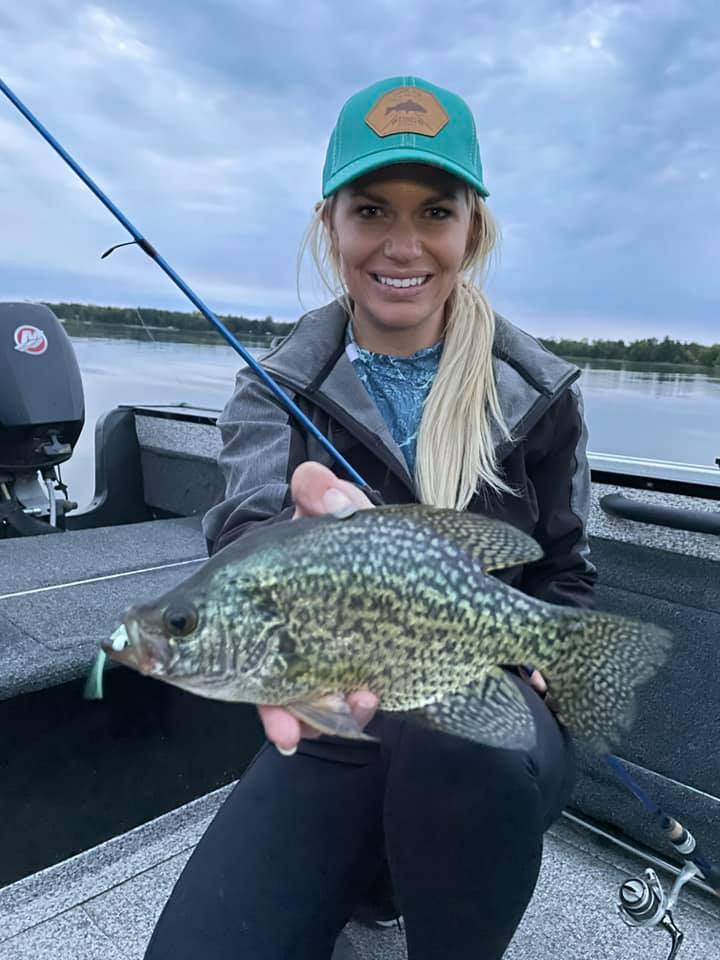
In the summer I find that there is a hot weed bite ALL day long, otherwise I focus on an active evening/night bite most of the time. Many people suggest evening bites are hot because the water “cools” but I don’t think this is WHY – simply because during ice the best bites are still at night. I think it has a lot more to do with much of their food becoming active at night. For example, you can find them in the basins at night all year round feeding on plankton… that usually only comes out of the ground at night.
There can always be a day bite, BUT if you want to increase your odds and only have a little time, put your efforts towards lowlight periods. It’s usually the best way to make the most of your time on the water.
Conclusion
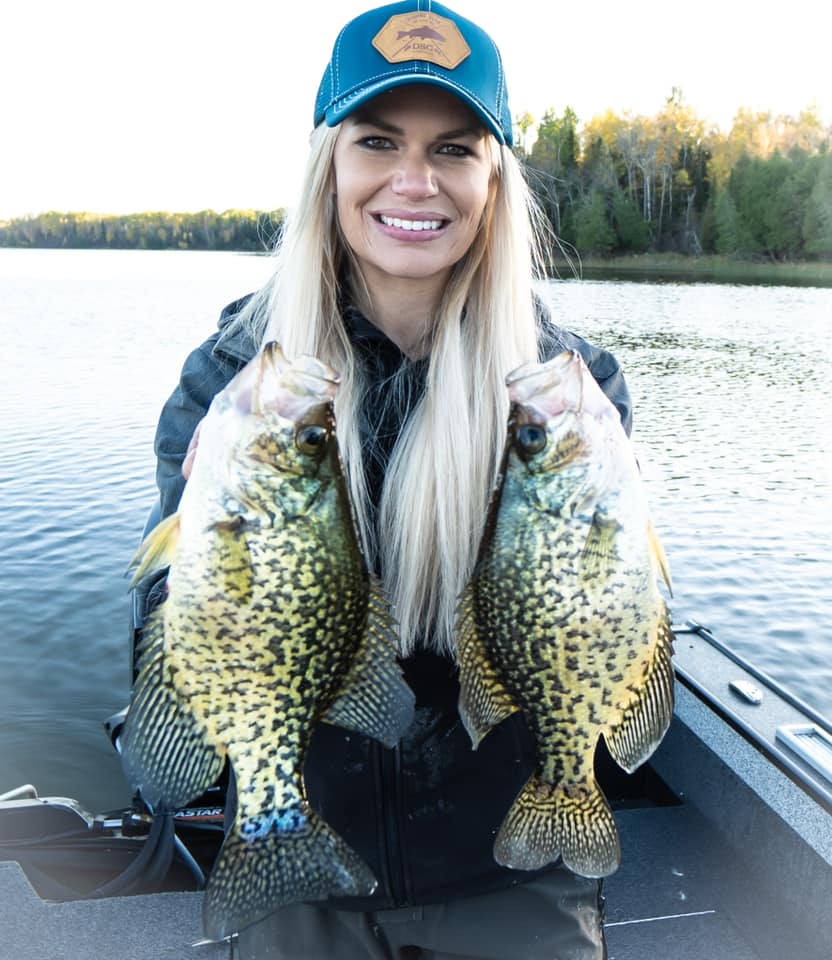
Fall crappie fishing is all about adaptability and understanding the fish’s behavior. While it may require a bit more patience and strategy than spring or summer fishing, the rewards can be just as fulfilling. So, before you put away your fishing gear, hold off until you give fall crappie fishing a try. It’s one of your best chances to land the slab of a lifetime.

